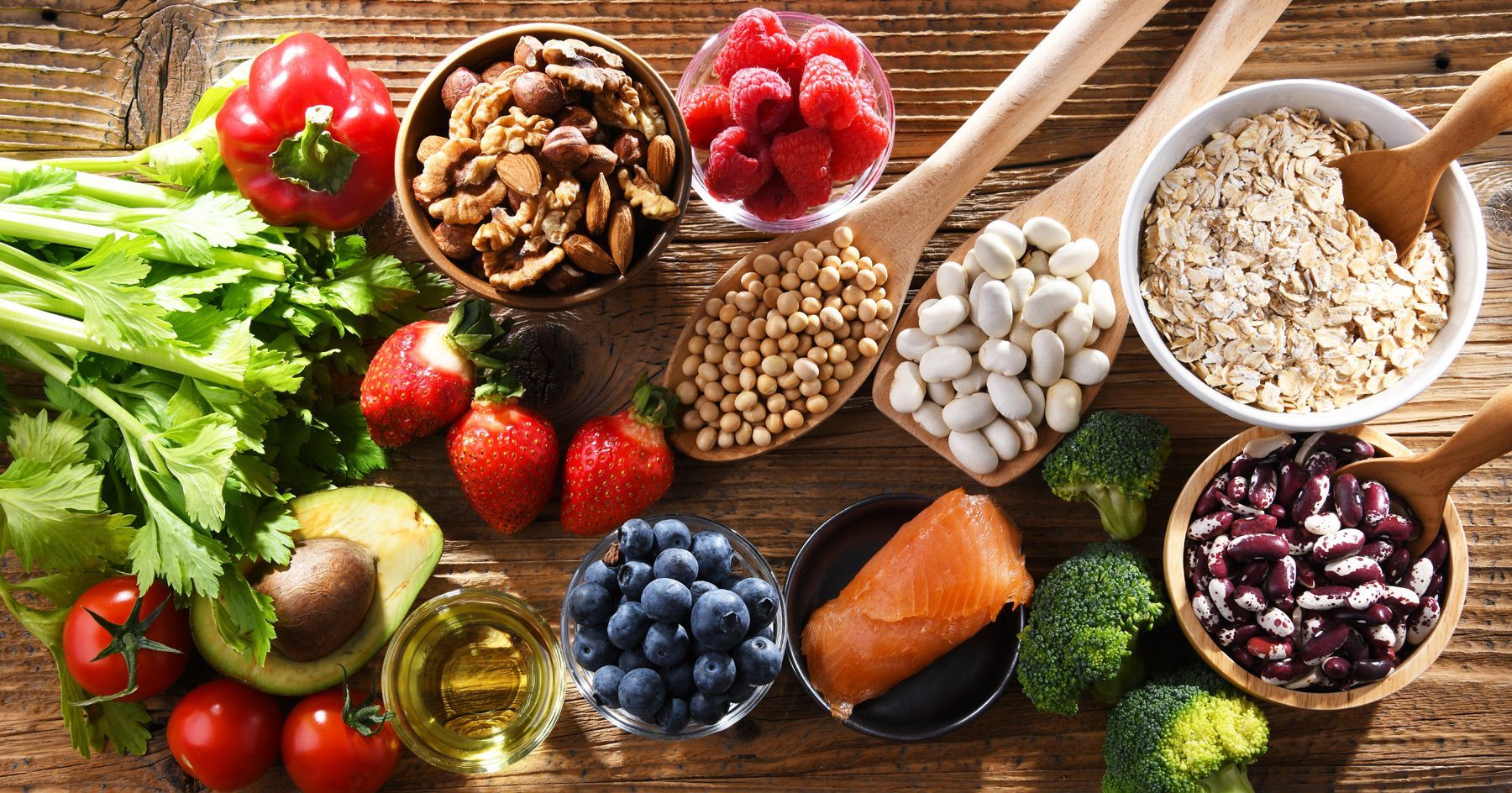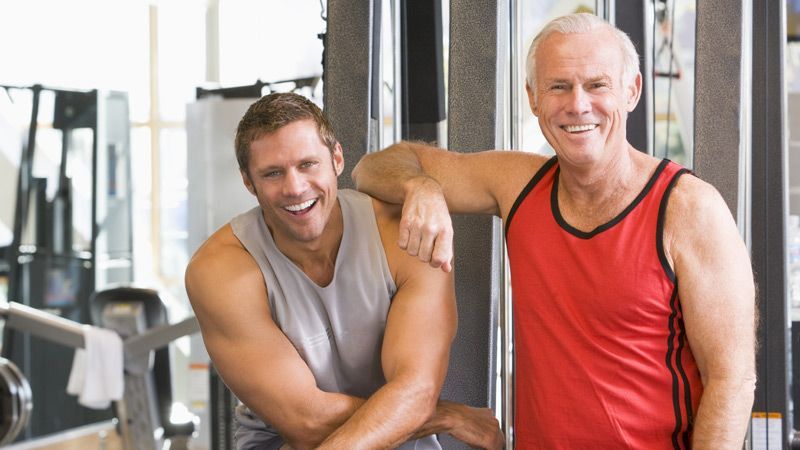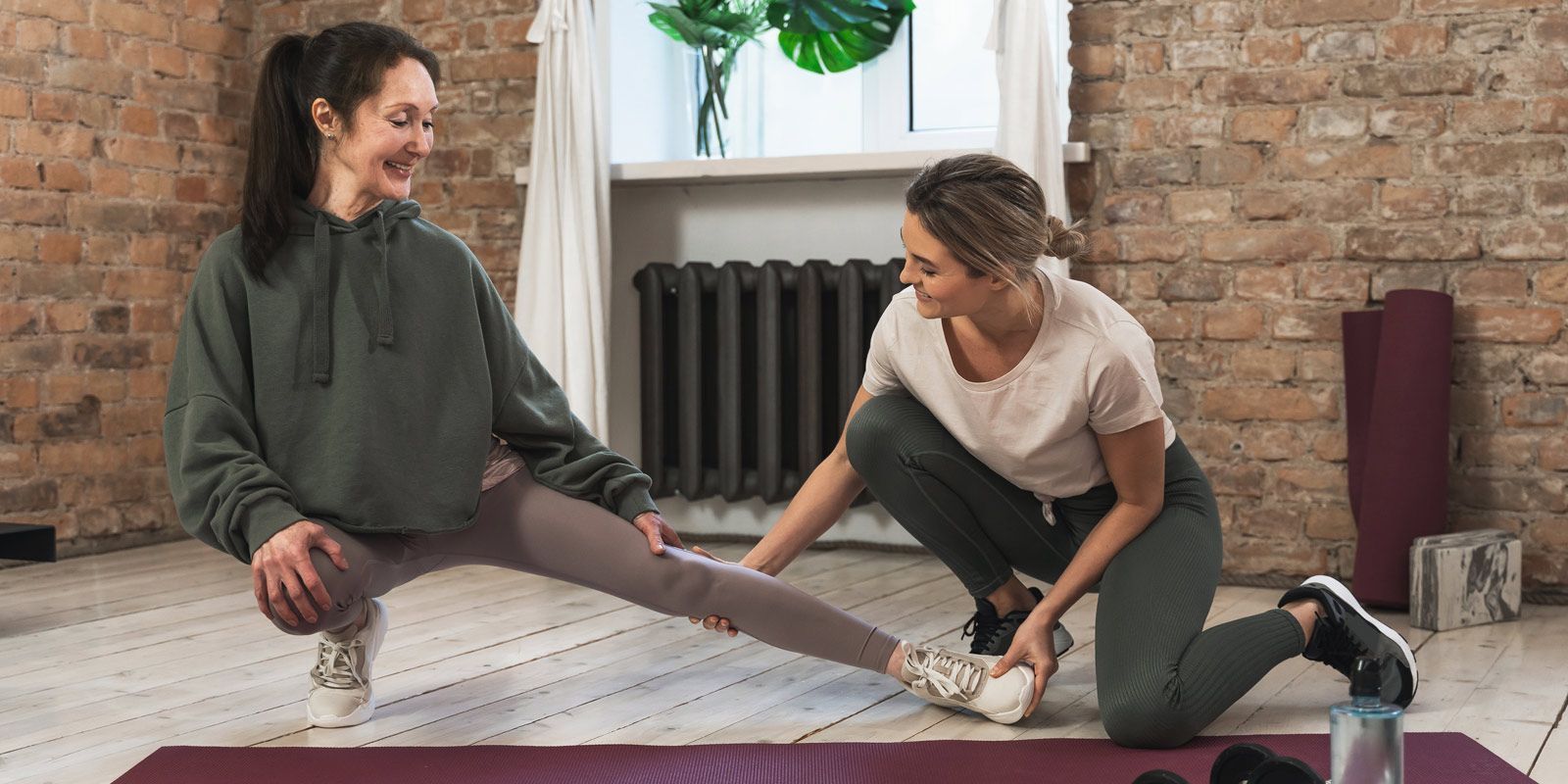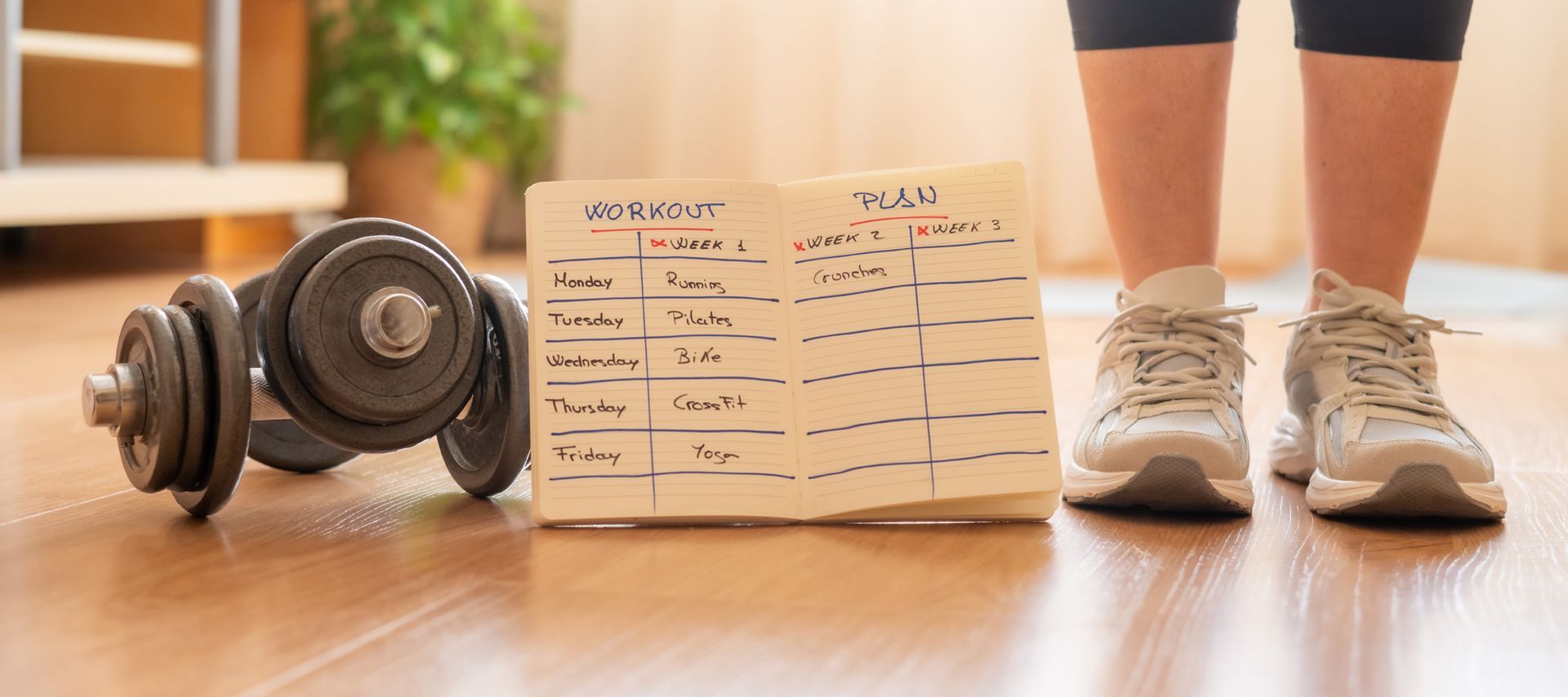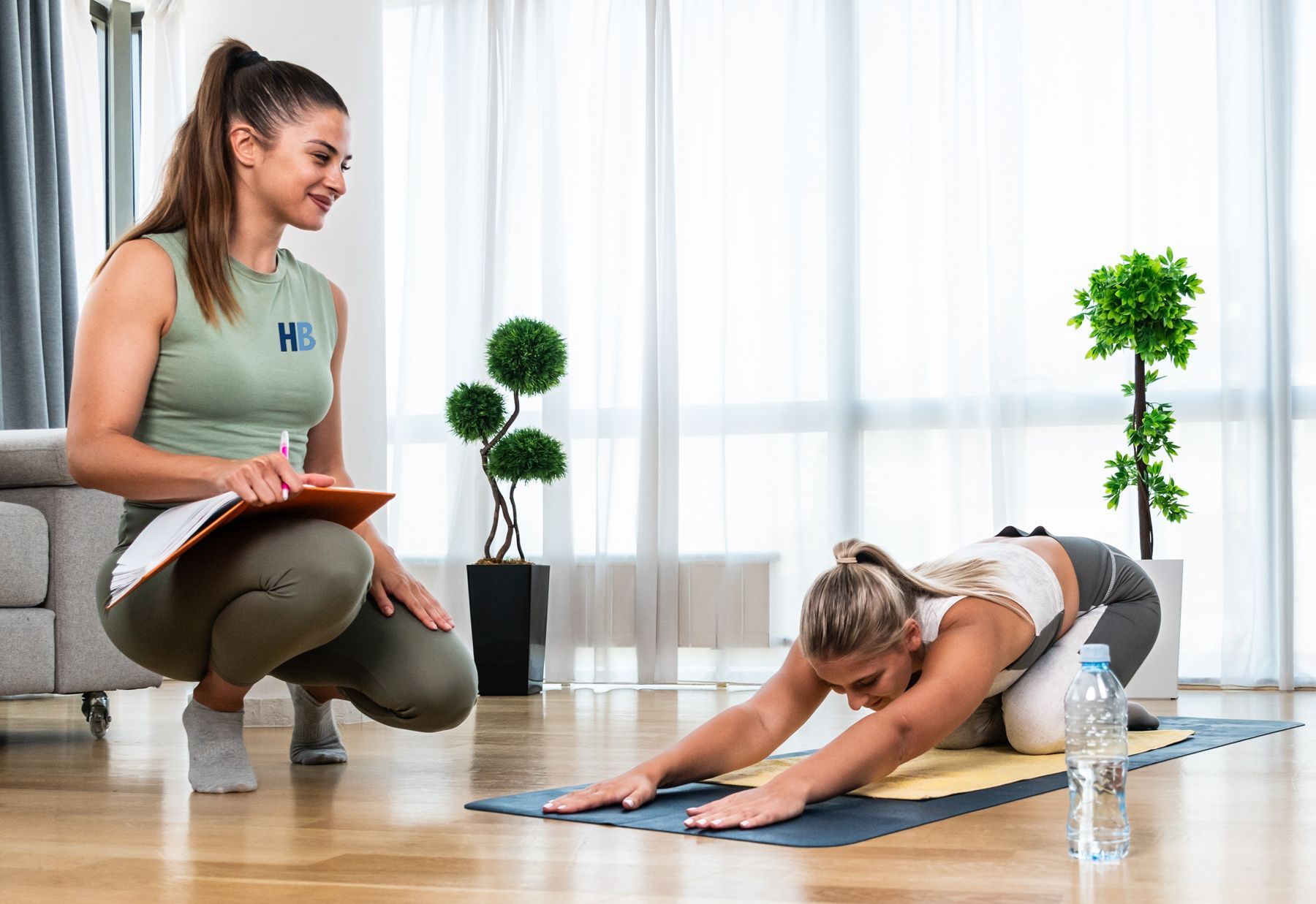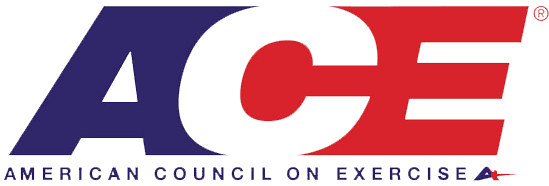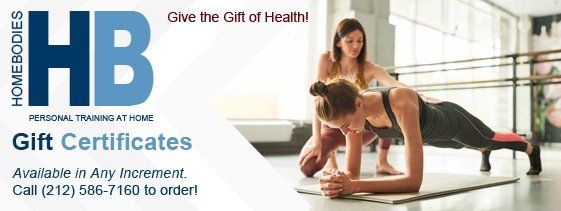Summer Fitness Myths Debunked: What Really Works?
Summer is a season that often inspires people to get fit. The longer days and warmer weather allow us to incorporate more physical activity into our lives. However, with the abundance of fitness advice available, it's easy to get overwhelmed or misled by common myths. In this comprehensive guide, we're debunking some of the most pervasive summer fitness myths and revealing what really works to help you achieve your health and fitness goals.
The Science of Regular Exercise
Myth 1: You Need to Spend Hours Exercising Every Day
Debunking the Myth
One of the most common misconceptions is that you must dedicate hours daily to working out to see results. While consistency is crucial, more time spent exercising doesn't necessarily equate to better results. In fact, overtraining can lead to injuries, burnout, and decreased performance.
What Really Works
Your HomeBodies personal trainer will focus on quality over quantity. High-intensity interval Training (HIIT), for example, is an effective and time-efficient workout method. A 20-minute HIIT session can be just as effective, if not more so, than an hour-long steady-state cardio workout. Aim for at least 150 minutes of moderate cardio or 75 minutes of vigorous weekly activity combined with strength training exercises.
Myth 2: You Can't Build Muscle and Lose Fat at the Same Time
Debunking the Myth
This myth suggests you must choose between burning fat and building muscle. This all-or-nothing approach can discourage individuals from starting or continuing a fitness program.
What Really Works
It is possible to achieve both goals simultaneously, especially for those new to fitness or returning after a break. This process, known as body recomposition, involves a balanced approach to exercise and nutrition:
- Strength Training: Incorporating resistance exercises to build muscle.
- Cardio: Including aerobic exercises to burn fat.
- Nutrition: Maintaining a slight calorie deficit while consuming adequate protein to support muscle growth.
Myth 3: You Must Follow a Strict Diet Plan
Debunking the Myth
Rigid diet plans can be daunting and unsustainable, often leading to frustration and eventual abandonment. Extreme dieting can also deprive your body of essential nutrients.
What Really Works
Adopt a balanced and flexible approach to eating. Focus on whole foods, including plenty of fruits, vegetables, lean proteins, and healthy fats. Practice portion control and enjoy treats in moderation. The key is finding a sustainable eating pattern that meets your nutritional needs and fits your lifestyle. Aiming for a balanced 80/20 approach can provide flexibility—80% of the time focusing on nutritious, whole foods, and 20% allowing for indulgences.
Myth 4: Sweating More Equals More Calories Burned
Debunking the Myth
Many people associate sweating with burning more calories and a better workout. However, the amount you sweat is not a reliable indicator of how many calories you've burned.
What Really Works
Calorie burn is influenced by factors such as exercise intensity, duration, and your metabolism. While sweating is your body's way of cooling down, it doesn't directly correlate with calorie expenditure. Track your workouts with a heart rate monitor or fitness app for more accurate insights into how many calories you're burning.
Myth 5: You Can Target Fat Loss to Specific Areas
Debunking the Myth
The idea of spot reduction—losing fat in specific areas by performing exercises targeting those areas—is a persistent myth. Performing countless crunches won't necessarily lead to a flat stomach if overall body fat is not reduced.
What Really Works
Fat loss occurs throughout the body as you create a calorie deficit through diet and exercise. Incorporate a mix of strength training and cardiovascular exercises to burn fat and build muscle across all body areas. Maintain overall fitness and a balanced diet to support weight loss and muscle definition.
Myth 6: More Protein Equals More Muscle
Debunking the Myth
While protein is essential for muscle repair and growth, there is a limit to how much your body can utilize effectively. Consuming excessive protein won't speed up muscle building and can strain your kidneys over time.
What Really Works
Consume an adequate amount of protein to support your fitness goals—the recommended amount for active individuals is 0.8 to 1 gram of protein per pound of body weight. Balance your diet with carbohydrates and fats, crucial for energy and overall health. Focus on high-quality protein sources like lean meats, fish, plant-based proteins, and dairy.
Myth 7: Stretching Before a Workout Prevents Injuries
Debunking the Myth
Static stretching before a workout was once considered essential for injury prevention, but research has shown that it can actually decrease performance and does not significantly reduce injury risk.
What Really Works
Warm up with dynamic stretching, which involves active movements that increase blood flow and prepare your muscles for exercise. Post-workout, incorporate static stretching to improve flexibility and aid muscle recovery. Consider light jogging, jumping jacks, or arm circles to prepare your body for more intense efforts.
Myth 8: Cardio Is the Only Way to Lose Weight
Debunking the Myth
Many people believe that only cardio exercises like running, cycling, or swimming can help them lose weight. While cardio is effective for burning calories, it's not the only path to weight loss.
What Really Works
Combining cardio and strength training is more effective for weight loss and overall health. Strength training helps build muscle, which increases your resting metabolic rate, meaning you'll burn more calories even when you're not working out. Alternate between cardio and weightlifting sessions to maximize your results.
Myth 9: You Can't Take Days Off
Debunking the Myth
The belief that working out every day is necessary to see progress can lead to overtraining, increasing the risk of injury and burnout.
What Really Works
Rest and recovery are crucial components of any fitness routine. During rest periods, your muscles need time to repair and strengthen. Aim for at least one or two rest days per week, and consider active rest days with low-intensity activities like walking or yoga to keep your body moving without straining it.
Myth 10: Supplements Are Essential for Fitness Success
Debunking the Myth
The supplement industry is booming, often convincing people that they need a variety of powders, pills, and drinks to achieve fitness success. While some supplements can be beneficial, they are not a requirement for everyone.
What Really Works
Focus on getting your nutrients from whole, unprocessed foods as much as possible. Supplements can fill nutritional gaps for those with specific needs or deficiencies, but consult a healthcare provider before adding them to your regimen. Prioritize a balanced diet, regular exercise, and adequate sleep as the foundation of your fitness routine.
Practical Tips for Summer Fitness Success
- Stay Hydrated: Drink plenty of water throughout the day, especially before, during, and after workouts, to account for increased fluid loss from sweating.
- Adjust Workout Times: To avoid the peak heat, exercise during cooler parts of the day, such as early morning or late evening.
- Dress Appropriately: Wear lightweight, breathable clothing and use sunscreen to protect your skin from harmful UV rays during outdoor activities.
- Listen to Your Body: Pay attention to signs of overheating or dehydration, such as dizziness, headache, or excessive sweating, and take breaks as needed.
Conclusion
Debunking fitness myths helps create a more effective and sustainable approach to achieving your fitness goals, particularly during summer. By understanding what truly works—quality exercises, balanced nutrition, appropriate rest, and a holistic approach—you can make informed decisions to improve your health and well-being. Embrace these strategies to enjoy a fit, fun-filled summer and beyond!
The key to successful fitness lies in dispelling myths and embracing a balanced, evidence-based approach. By fostering a healthy and sustainable routine, you can achieve your goals while enjoying the process. Remember to stay informed, listen to your body, and, most importantly, make your fitness journey enjoyable and sustainable.
Let's Get Started!
Ready to get started? Check out HomeBodies.com for personalized home training programs that fit your summer fitness goals and help you stay on track, myth-free!
This Month's Healthy Recipe
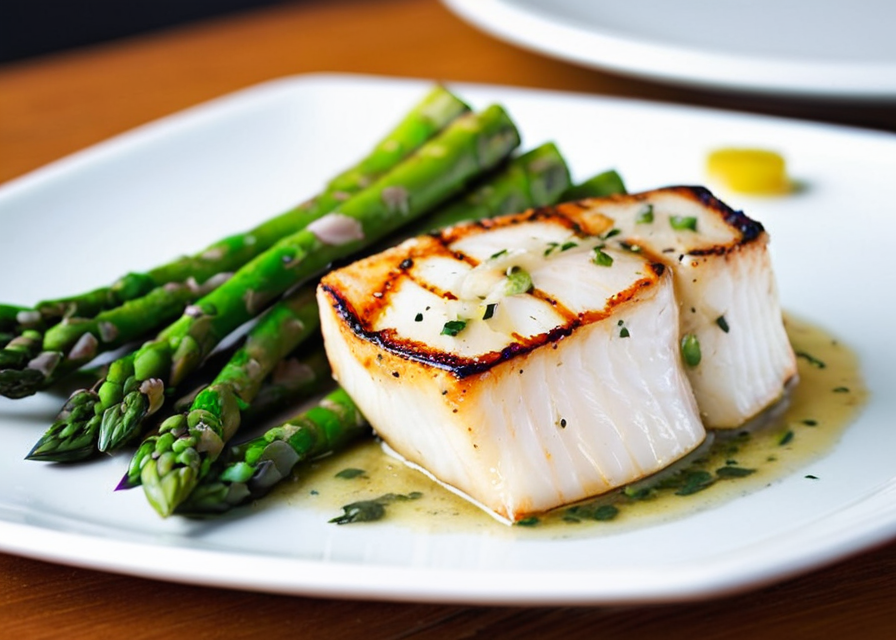
Grilled Chilean Sea Bass with Lemon-Herb Vinaigrette and Asparagus
Ingredients:
- For the Chilean Sea Bass:
- 4 Chilean sea bass fillets (about 6 ounces each)
- 2 tablespoons olive oil
- Salt and pepper to taste
- Lemon wedges for serving
- For the Lemon-Herb Vinaigrette:
- 1/4 cup extra-virgin olive oil
- Juice of 2 lemons
- 2 cloves garlic, minced
- 1 tablespoon Dijon mustard
- 2 tablespoons fresh parsley, chopped
- 1 tablespoon fresh dill, chopped
- 1 tablespoon fresh basil, chopped
- Salt and pepper to taste
- For the Asparagus:
- 1 bunch of asparagus, trimmed
- 1 tablespoon olive oil
- Salt and pepper to taste
Instructions:
- Prepare the Lemon-Herb Vinaigrette:
- In a small bowl, whisk together the olive oil, lemon juice, garlic, Dijon mustard, parsley, dill, basil, salt, and pepper until well combined. Set aside.
- Prepare the Chilean Sea Bass:
- Preheat your grill to medium-high heat.
- Brush the sea bass fillets with olive oil and season with salt and pepper.
- Place the fillets on the grill and cook for about 4-5 minutes per side, or until the fish is opaque and flakes easily with a fork.
- Prepare the Asparagus:
- Toss the asparagus with olive oil, salt, and pepper.
- Grill the asparagus alongside the sea bass for about 5-7 minutes, turning occasionally, until tender and lightly charred.
- Serve:
- Plate the grilled Chilean sea bass fillets.
- Drizzle each fillet with the lemon-herb vinaigrette.
- Serve with the grilled asparagus and lemon wedges on the side.
Tips:
- Grill Alternative: If you don't have a grill, you can sear the fillets in a hot, oven-safe skillet for 2-3 minutes per side and then finish in a preheated oven at 400°F (200°C) for about 10 minutes.
- Extra Veggies: Serve with a side salad or a mix of grilled summer vegetables like zucchini and bell peppers for added nutrients.
This dish is light, flavorful, and packed with high-quality protein, making it an excellent choice for a fitness-supportive summer meal. Enjoy!
